The History Of Watercooled VW Engines
Whilst the history books often recall the story of the aircooled VW we thought we would shine a light on the origins of the watercooled VW engines, picking out the pivotal petrol powered models which have made the Volkswagen brand such a success.
The VW K70 Story
The Volkswagen K70 arrived on the scene in 1970 and it marked the dawn of the front-engined, watercooled VW. However, the vehicle was little more than a re-badging exercise as this model was originally destined to be sold as an NSU K70.
Volkswagen acquired the stricken NSU brand in 1969 in a merger that also included Auto Union (now commonly known as Audi) and chose to market the K70 as their own vehicle, offering it as an all-new replacement to their aircooled 411 and 412 models.
Whilst the K70 represents an entry into the world of watercooled engines, the motor itself doesn't feature in the VW family tree.


The 1973 VW Passat
It wasn't until the Passat in 1973, which was a mechanical mirror image of the Audi 80, launched the previous year, that VW had an 'in-house engine' in the front of their vehicles. As it happens, Audi and its predecessor Auto Union had been using a front-mounted water-cooled engine for years.
The engine powering both the Audi 80 and the Passat was the “EA827” and it would be the basis for the legendary Golf GTI. For those wondering, EA is the initials for 'EntwicklungsAuftrag' which once translated means Development Assignment.
The essence of this engine design can still be seen in VW models leaving the factory today.


The first EA827 engine
The powerplant started small, with 1297cc and 1457cc options, both longitudinally mounted, although driving the front wheels. Following in the Passat’s footsteps was the Mk1 Scirocco, the Karmann-built coupe on the new Mk1 Golf floorpan. It would serve as a testbed for the Beetle’s replacement, and of course play home to the EA827 motor, but this time mounted transversely, allowing for a shorter bonnet, and the creation of a smaller car.
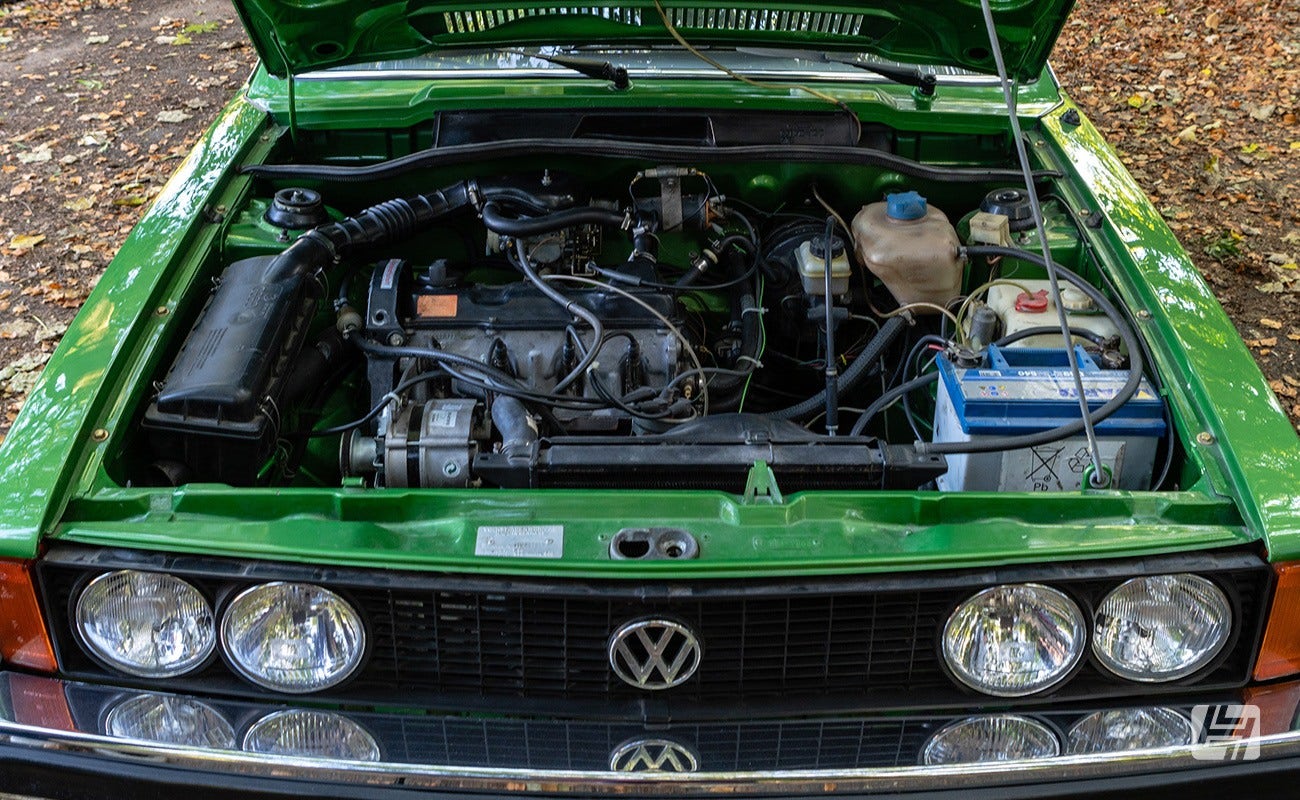

The 'small block' EA111 engine
Along with the ‘big block’ EA827 motor, the Scirocco, and 6 months later the Golf, would house the EA111 engine too; this is what many would now refer to as the ‘small block’ lump. This unit was also fitted into the Audi 50 and later the Polo Mk1 from its launch in 1975, as an 895, 1093, and 1272cc option.
The VW Polo, now celebrating its 45th Birthday, was unveiled shortly after the Audi 50…notice a pattern emerging here?


The Golf GTI engine
The Golf Mk1 GTI is a beautiful story of excitable engineers and an after-hours project. The EA827 unit, in 1588cc size, was partnered with Bosch K-Jetronic injection providing the lightweight family hatchback with 110hp.
Unveiled at the Frankfurt motor show in 1975 it was an instant hit and in 1982 the capacity was increased to 1780cc, releasing a few extra horsepower and setting the standard for GTI engine capacity over the next ten years.


Type 25 Watercooled engine
Working in chronological order, this is where the Wasserboxer engine as found in the T25 / T3/ Vanagon model fits in however, it is a completely different design to the others already mentioned. The proven four-cylinder ‘boxer’ layout was produced as 1.9 and 2.1-litre units and was cooled with the addition of water jackets to the cylinders. These engines were introduced in 1982, as an answer to a stricter global emissions regime that the existing aircooled engine would no longer meet.
In South Africa, a 5 cylinder Audi powerplant was chosen from 1991, and the T25 remained in production there until 2002. A six-cylinder version of the WBX engine was developed by VW in partnership with Oettinger, in 3.2 and 3.7-litre capacity. However, VW pulled out, which left Oettinger to continue its work and market it as their own performance upgrade.
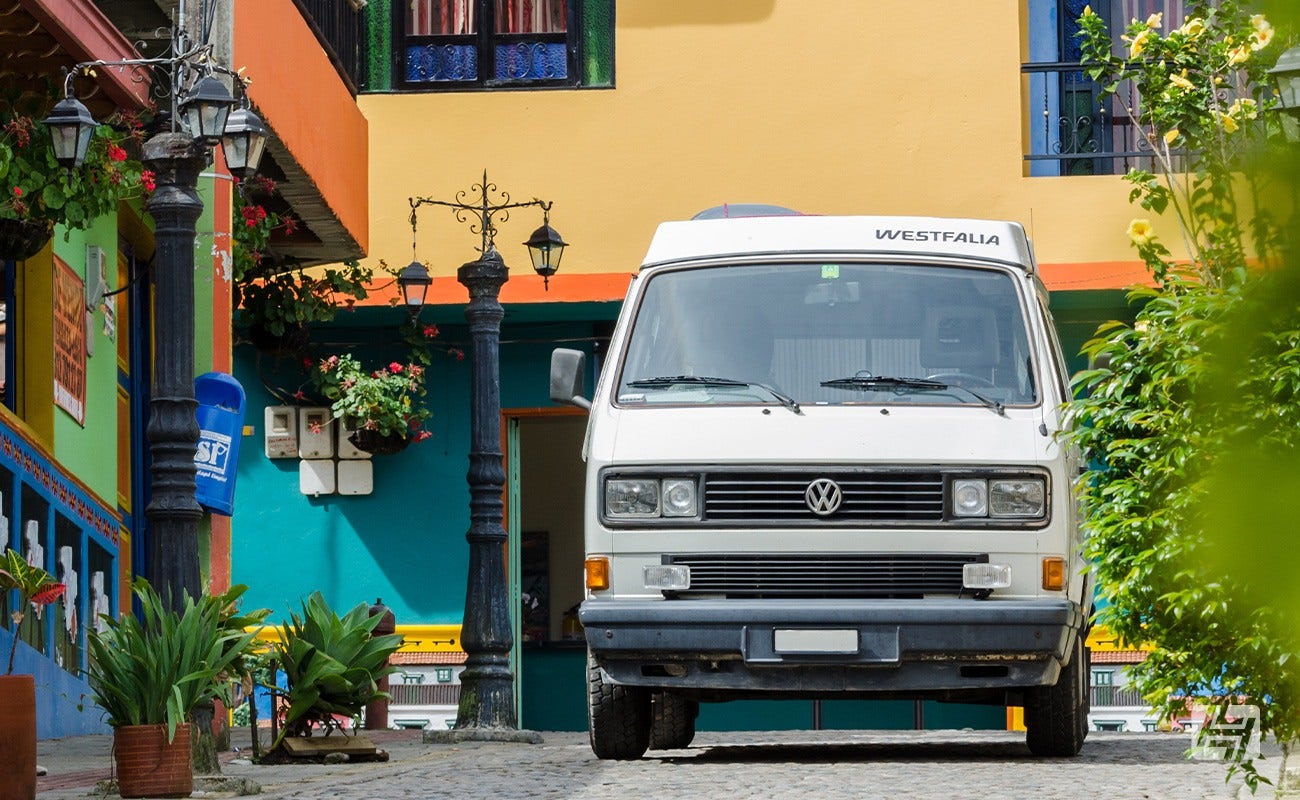

VW GTI 16v engine
The 1800cc 16v powertrain predominantly featured in the Mk2 Golf (from 1986), although for a few lucky markets, like Germany and USA it was also bolted into the Scirocco Mk2. The first VW to officially receive 16 valves, however, was the the guise of the Golf 16S in 1981 which featured a 1588cc unit producing 134bhp built and developed by Oettinger.
The 16S was only available in France and Switzerland. The concept came from VW of France, to help combat sales competition from the Renault 5 Alpine. With a hefty price tag and limited production numbers, this is a very rare car to see today.
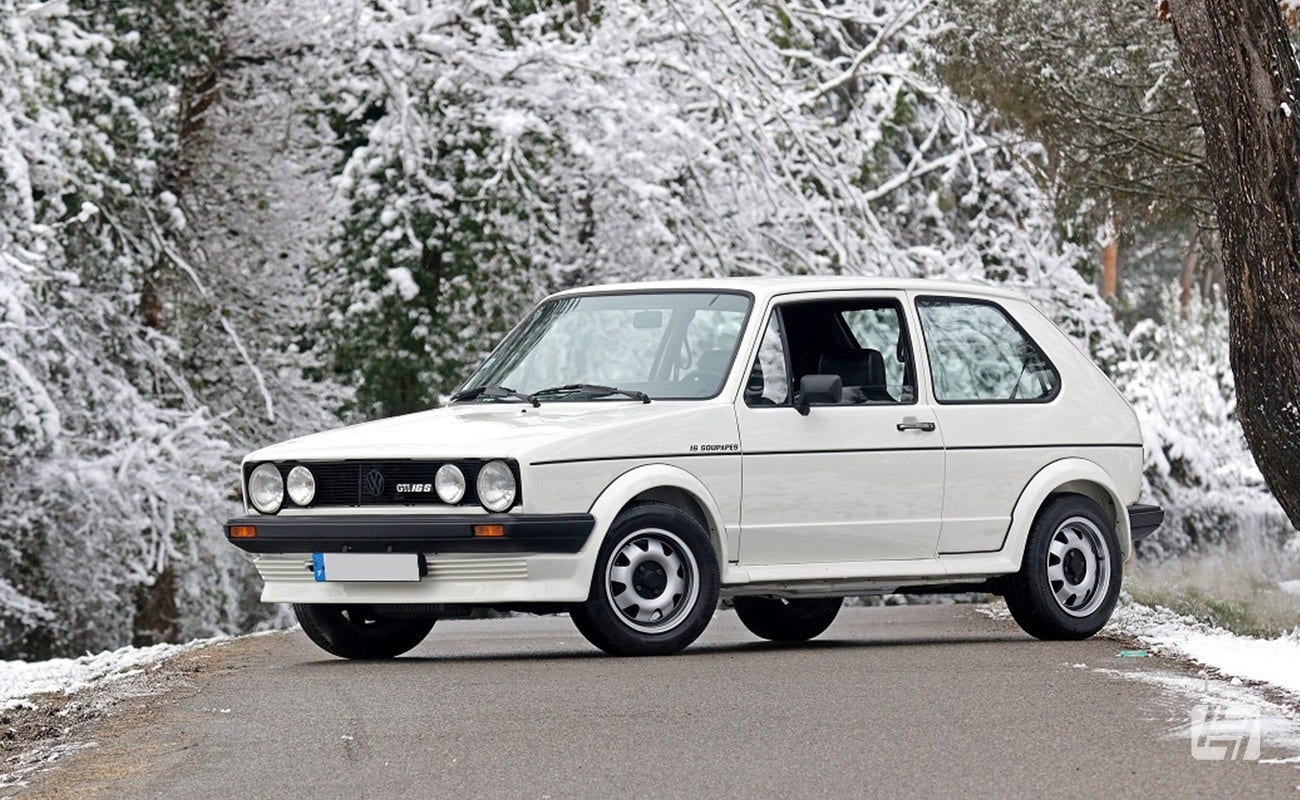



Supercharged VW engines
Even the supercharged G60 engine used the EA287 motor. It was first offered in the 1988 Passat, although is more commonly associated with the Golf Rallye and Corrado models.
71 special edition Golf Limited models were produced featuring the 3G coded G60 16v, a 207bhp engine built by VW Motorsport. This model remained the highest performance Volkswagen production car up until the launch of the Mk4 Golf R32 in 2003.
The lowly EA111 also benefitted from forced induction with the 1985 supercharged G40 concept competing in a number of world endurance speed records. The engine made it into full production, initially for the German market in the Mk2 Polo G40 in 1987, and later on with the Mk2F Polo which was sold across the European dealer network.


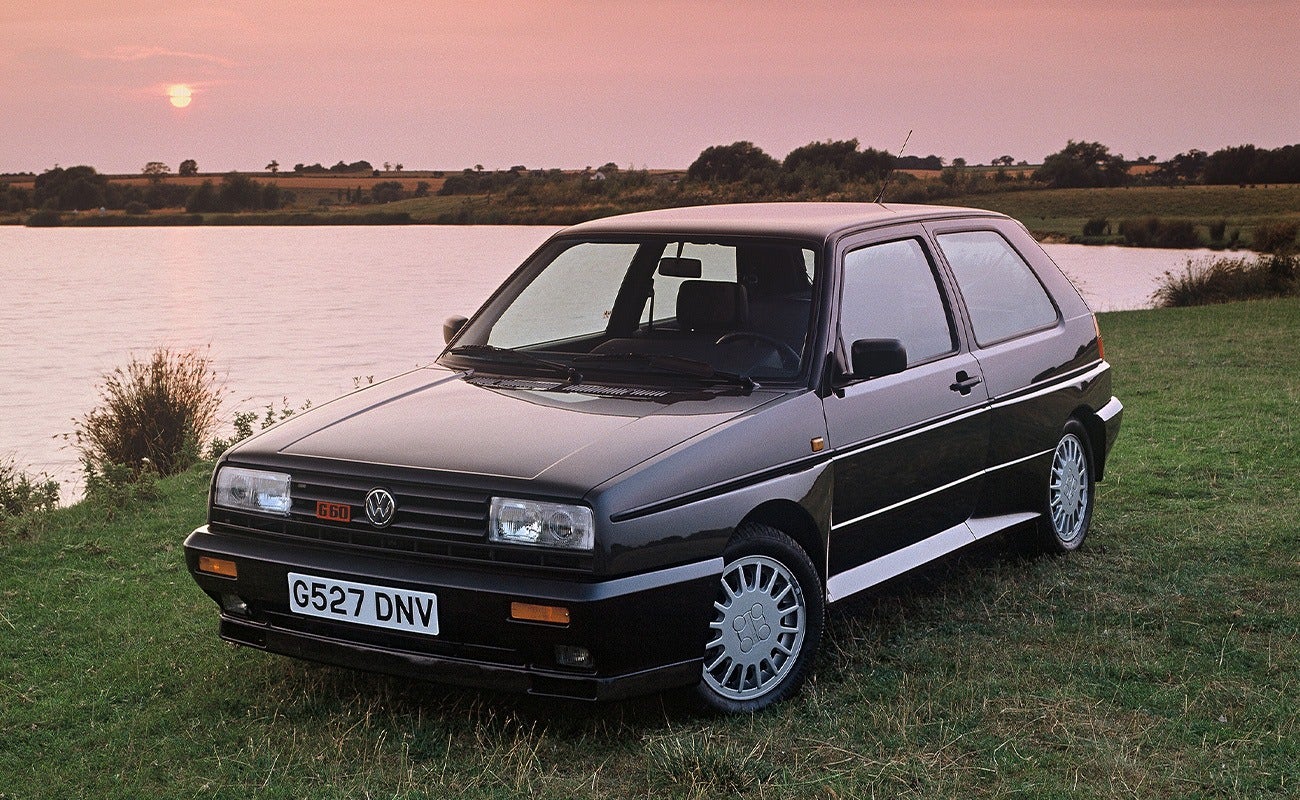

The EA113 engine
Whilst the EA827 engine was enlarged to 2 litres for the Mk3 Golf GTI and Corrado models in both 8v and 16v guise, it was reaching the limits of what it could reliably offer. Big block duties were duly taken over by the EA113 engine in the late-nineties, and this was the basis of the hugely successful 20VT engine, as found in the Audi TT, S3, Seat Leon and Cupra, Mk4 Golf GTI etc.
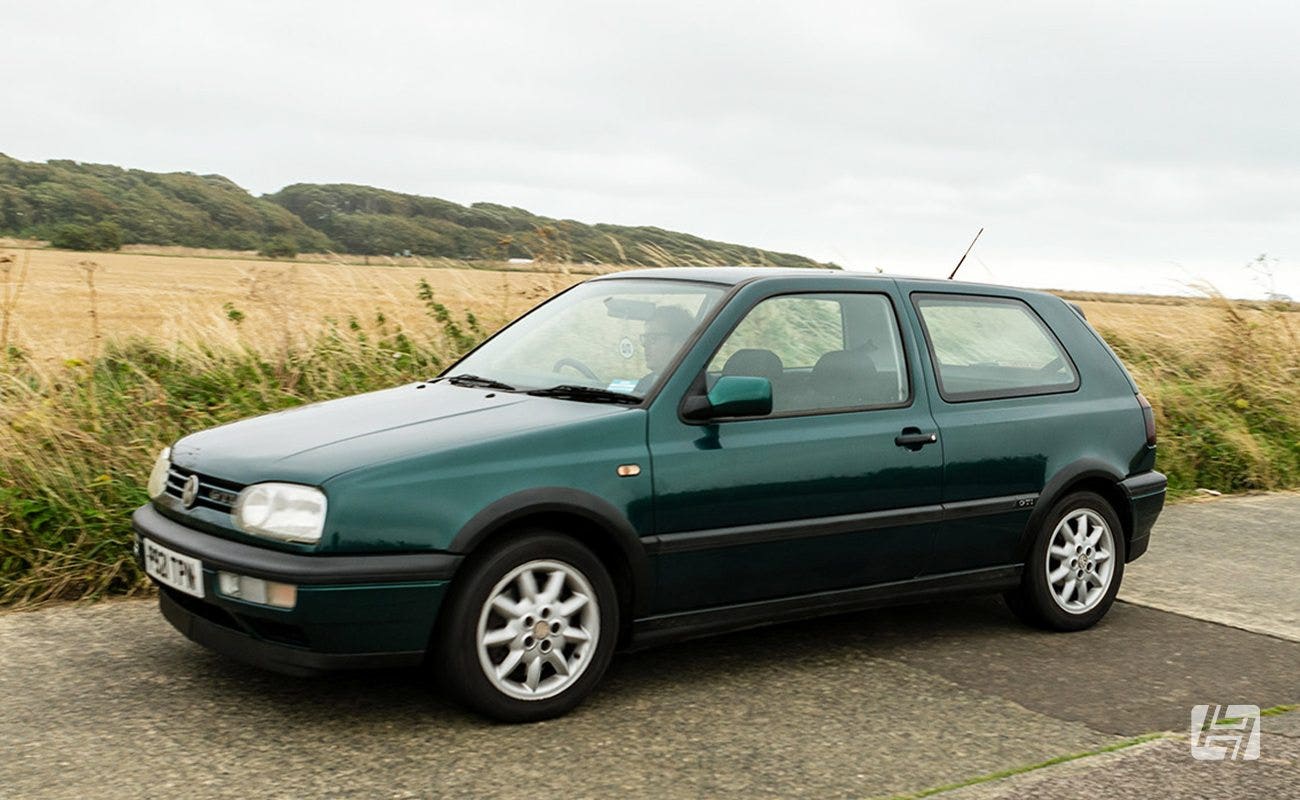



The EA888 engine
Whilst we are now very much in 'modern car' terriorty, we'll round off the lineage with mention of the EA888. This started as the FSI (Fuel Stratified Injection) models at first and later evolved into the 2.0 litre TSI and TFSI (Turbocharged Stratified Injection / Turbo Fuel Stratified Injection) models built from 2008 onwards.
As with so many previous engines, this was debuted in an Audi model first!


The VR6 engine
Before rounding the story off, we should also give a nod to the VR6 engine. Introduced in 1991, it was offered in the Passat and Golf Mk3 in 2.8 litres and the Corrado as a 2.9 litre and from 1996 in the VW Eurovan too. This was the reason they made a longnose version.
This engine has had a pretty good run, being made smaller as the V5, had extra valves added (from 12v to 24v) enlarged in capacity to 3.2 litres for the RSi Beetle in 2001, and of course the R32, and even further for the R36 Passat. The VR6 powerplant also found its way into the Audi A3 and the Porsche Cayenne.
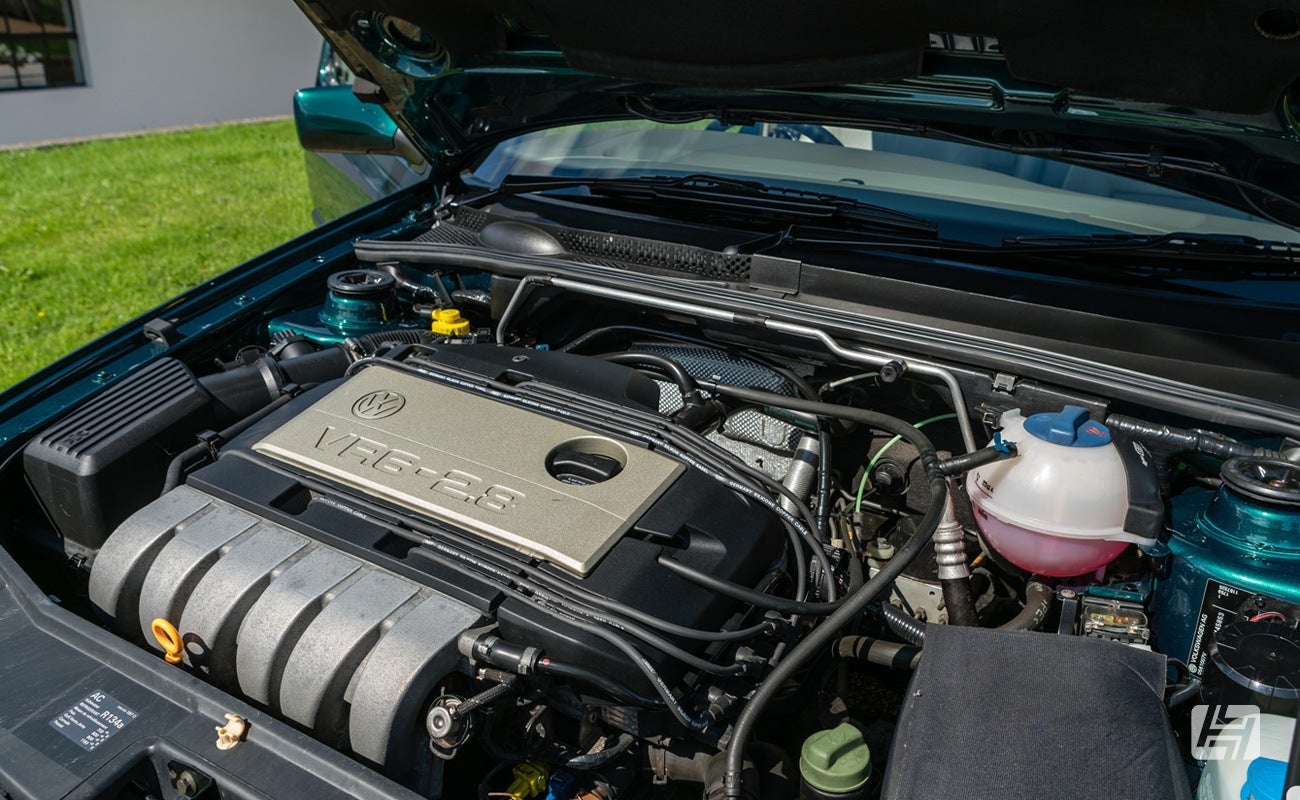

I hope you found this as interesting to read as it was to write. My apologies if I’ve missed something out. Please let us know, and we’ll happily update it!
If you are contemplating an engine swap for your classic VW then be sure to check out our engine conversion guide here.
Andy




 Bug
Bug
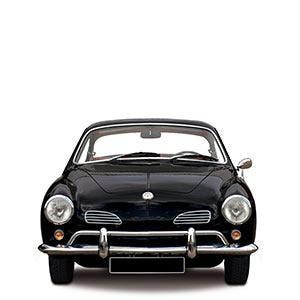 Karmann Ghia
Karmann Ghia
 Bay Bus
Bay Bus
 Vanagon
Vanagon
 Eurovan
Eurovan
 Transporter T5
Transporter T5
 Rabbit Mk1
Rabbit Mk1
 Golf Mk2
Golf Mk2


 911
911
 996
996
 997
997
 986 Boxster
986 Boxster
 987 Boxster
987 Boxster
 912
912
 944
944
 924
924






